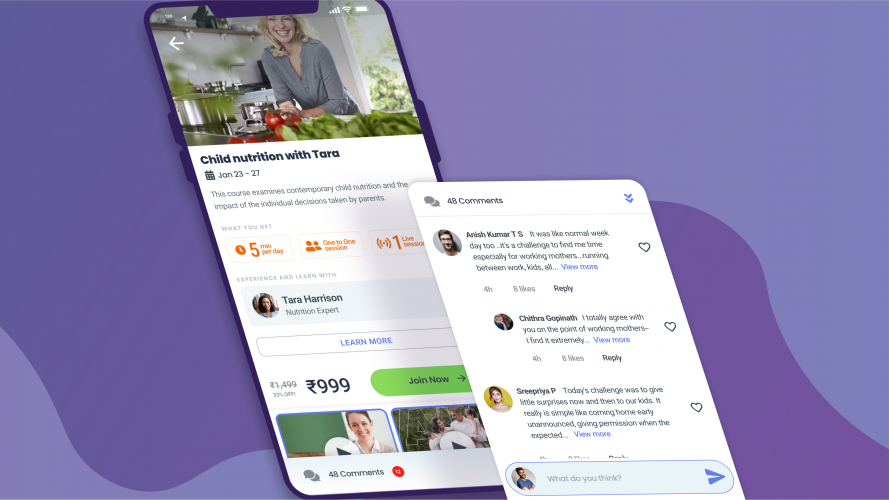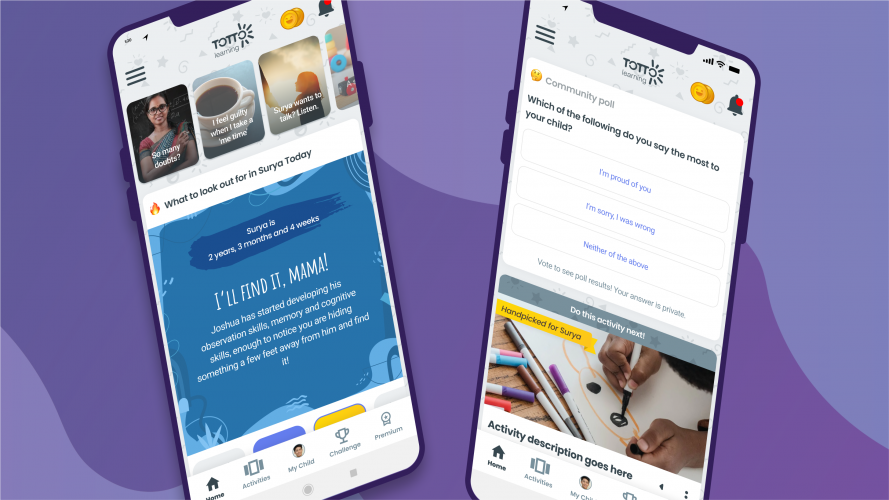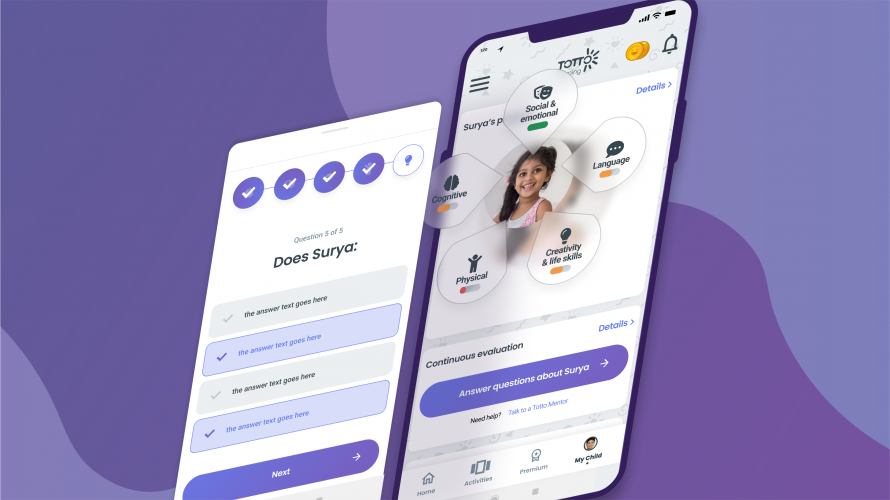Practicing memorizing skills
Learning to understand the meaning of rules, contracts and trust
Learning decision-making, influencing and accountability
Learning to listen other people’s opinions
Practicing to argument clearly own opinions and reasonings
Practicing to work with others
Encouraging to build new information and visions
Supporting student to build their own linguistic and cultural identity
Learning to face respectfully people and follow the good manners
Practicing to notice links between subjects learned
Learning to combine information to find new innovations
Learning to build information on top of previously learned
Practicing to notice causal connections
Encouraging the growth of positive self-image
Practicing to recognize and express feelings
Learning to face failures and disappointments
Developing problem solving skills
Practicing to use arts as a way to express
Practicing to use imagination and to be innovative
Practicing to use imagination and to be innovative
Encouraging students to be innovative and express new ideas
Practicing to improvise
Practicing creative thinking
Creating requirements for creative thinking
Learning to find the joy of learning and new challenges
Learning to notice causal connections
Practising visual recognition
Practicing to observe spoken and written language
Practicing categorization and classification
Practicing fine motor skills
Practicing letters, alphabets and written language
Learning the basics of spelling
Practising to understand visual concepts and shapes and observe their qualities
Enabling the growth of positive self-image
Practicing to express own thoughts and feelings
Practicing strategic thinking
Practicing to take responsibility of one's own learning
Practicing to find ways of working that are best for oneself
Practicing persistent working
Using technology to express one’s emotions and experiences
Using technology for interaction and collaboration
Using technological resources for finding and applying information
Using technology as a part of explorative and creative process
Using technology resources for problem solving
Practicing to find, evaluate and share information
Learning to understand and interpret diverse types of texts
Experiencing and exploring sounds and music from different sources
Practicing versatile ways of working
Practicing decision making
Learning to plan and organize work processes
Practicing time management
Practicing to give, get and reflect feedback
Practicing communication through different channels
Learning to understand people, surroundings and phenomenons around us
Practicing to take care of own and other people’s safety
Practicing to take care of one's own wellbeing and health
Learning to plan and design own written content and textual representations






User reviews for Totto Parents App
You need to log in to post a review.